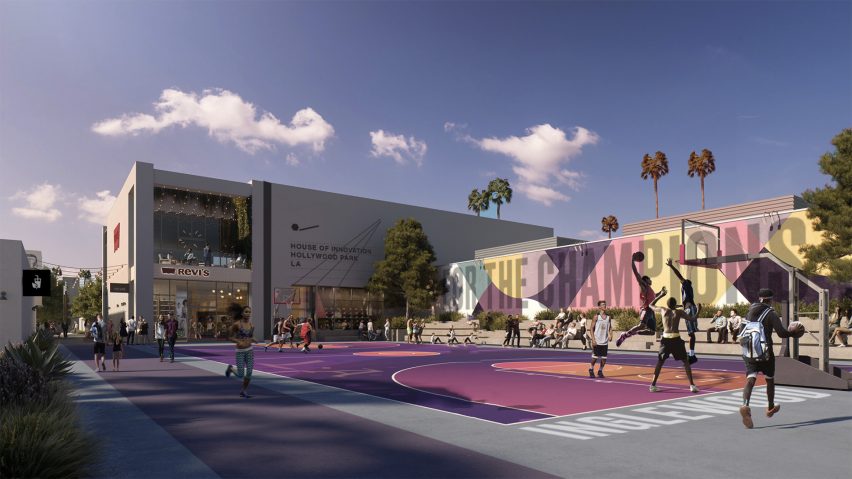
Four tips for successful narrative placemaking from Era-co
Promotion: narrative not built environment is the key to making a place "sticky" says Era-co global director Steven Cornwell who shared his insights into placemaking with Dezeen.
The concept of "stickiness" in urban design and community building refers to whether people will want to stay in a place rather than simply move efficiently through it.
While some urbanists argue that physical environment is key to making a place sticky, Cornwell sees it differently he says.
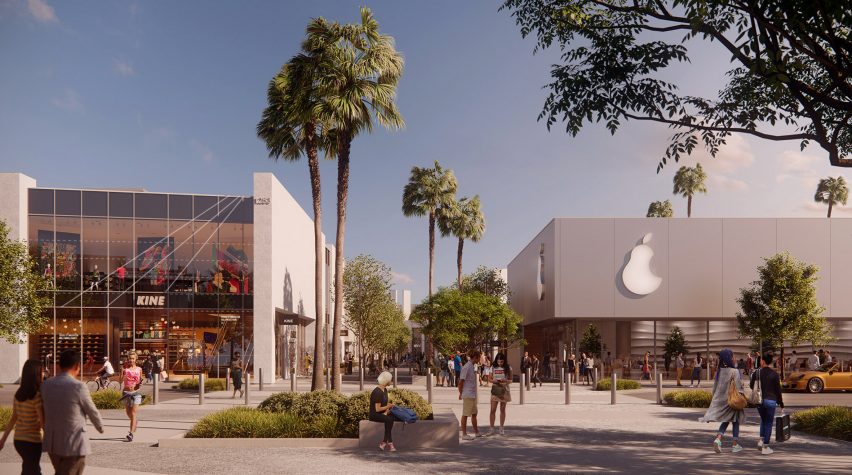
"Placemakers like myself believe that stickiness is in a place's narrative," he said. "When you understand people, you envision places that attract them and give them a sense of belonging."
According to Cornwell, he started Era-co in 2019 after carving out a niche at the intersection of marketing and placemaking.
Previously, he had become dissatisfied with marketing as the main tool for delivering outcomes related to stickiness in real estate. He observed that only around one in 10 of the places created using this approach fulfilled their objectives around this goal.
Since then, Era-co has worked on placemaking strategies for communities including Greenwich Peninsula in London, the Guinness Quarter in Dublin and Hollywood Park in Los Angeles.
"I took what I learned and set out to create places that make a difference in people's lives," said Cornwell. "Today, our team empowers communities to succeed by designing spaces that anticipate what people need now and decades into the future."
Here, Cornwell shares his tips for placemaking through narrative and how to achieve stickiness.
Get into the field
Placemaking can't be entirely conducted from behind a desk, cautions Cornwell.
Census reports, Google Earth and third-party studies are all valuable tools for gathering data related to placemaking.
But they won't tell you about the smell of a place, its trees, its wind – all factors that form part of the character of an area, Cornwell explains.
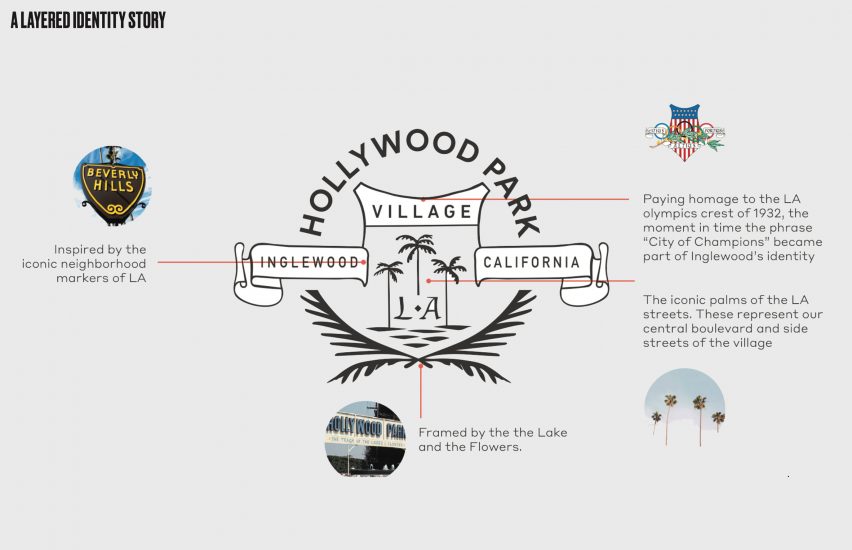
"Before my team makes decisions, we physically spend time in a place," said Cornwell. "We immerse ourselves in that place morning, noon and night."
He encourages using data to support a vision rather than to start it and to test place narrative by standing in a place and seeing "whether or not the experience enables you to catch that vision".
Have a long view
Placemaking, urban design and architecture have become a short-term game Cornwell argues, with many of today's projects working in four-year time frames and measuring outcomes accordingly.
Instead he says it needs to be understood that the narratives around a particular place began before the commencement of a project and will continue to be written after its end and this is something that strategies and deliverables should reflect.
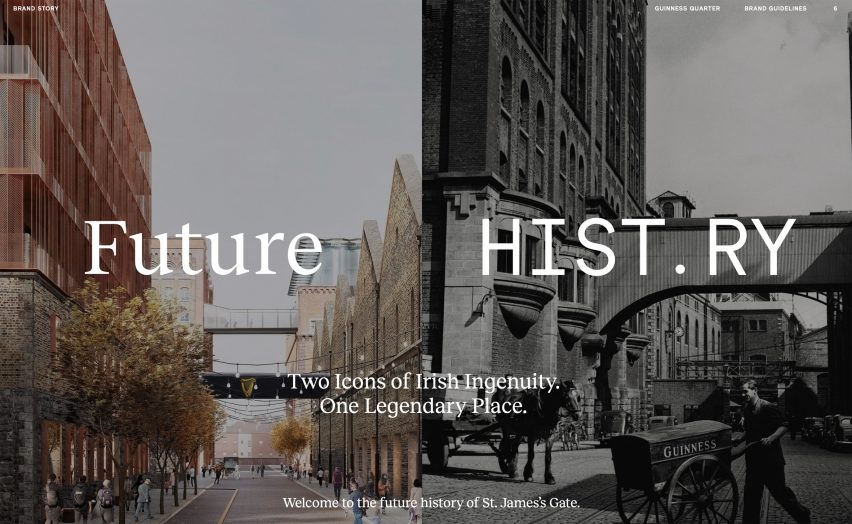
To facilitate this, Cornwell says that placemaking should be viewed as an act of co-creation actively involving stakeholders such as developers, architects, engineers, planners, marketing teams and most importantly communities.
"Short-term placemaking is driven by politics, money and people who don't understand that communities ultimately make places," said Cornwell.
"The reality is that great places are hundreds of years in the grooming and we need to be content with creating the inspiration and vision."
"We set the platform and the scene but the community drives the story."
Aim for alignment not consensus
To inspire people who both live in and visit a place, its narrative should have a few characteristics says Cornwell – it should be rich, clear, useful, visionary and relatable.
Importantly, it should not flatten out the diversity of narratives within a space that might mean different things to different people, he explains. Instead, it should make them fit together.
"A strong narrative aligns the people in a space," said Cornwell. "Placemakers don't need everyone to agree, but they do need alignment. Once everyone's on the same path, you get strong designs and sticky places."
Protect imperfection
On a similar note, while the instinct might be to design places to have 100 per cent safety, comfort and community, the fact is that isn't what attracts people, according to Cornwell.
He gives New York as an example – it might not have the perfect infrastructure or most cohesive community, but people love it.
For this reason, Cornwell says placemakers need to leave space for "subculture, scrappiness and oddity" – qualities that make places interesting.
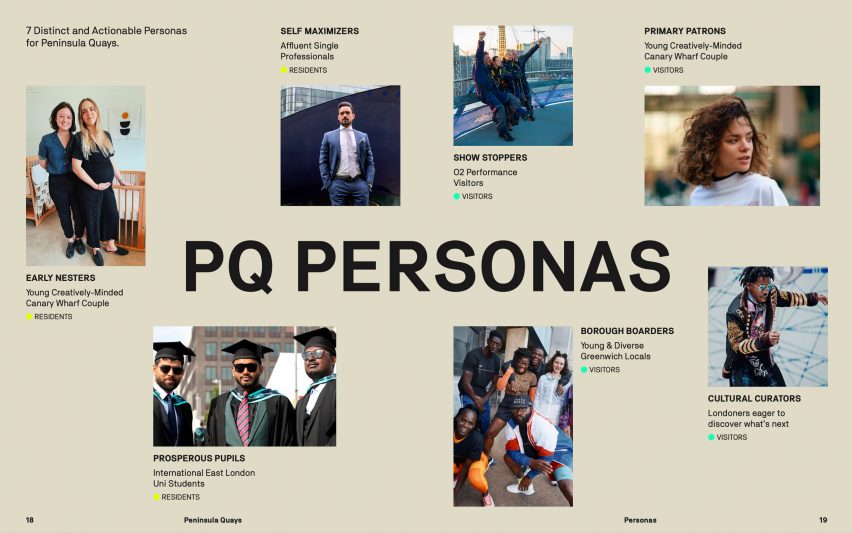
"I've seen beautifully manicured spaces that no one goes to — their streets are empty and they are deserts of culture," said Cornwell.
"As placemakers, we're not here to sanitise places or create eutopias. Our challenge is to leave space for imperfection."
To find out more about Era-co and its approach to placemaking, visit the company's website.
Partnership content
This article was written by Dezeen for Era-co as part of a partnership. Find out more about Dezeen partnership content here.